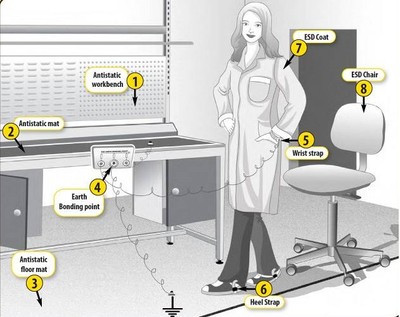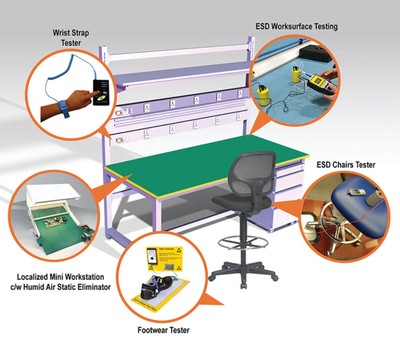Static electricity charge refers to the accumulation of electric charges on the surface of an object. Unlike current electricity, where charges flow continuously in a conductor, static electricity involves stationary electric charges. These charges can build up on objects through various mechanisms such as friction, contact, or induction.

When two objects come into contact and then separate, electrons may transfer from one object to the other, resulting in a net positive charge on one object and a net negative charge on the other. This separation of charges creates static electricity.
Static electricity charge can cause several effects, including:
Controlling static electricity is important in many industries to prevent hazards, equipment damage, and interference with electronic systems. Techniques such as grounding, using antistatic materials, and controlling humidity are employed to mitigate the effects of static electricity charge.

To prevent static electricity charge, you can use several techniques and precautions:
1. **Antistatic materials**: Use antistatic materials for surfaces, flooring, and clothing. These materials help dissipate static charges and prevent them from building up.
2. **Grounding**: Grounding objects and equipment can help discharge static electricity. Connect conductive materials to ground to provide a path for excess charges to flow away safely.
3. **Humidity control**: Maintain proper humidity levels in indoor environments, especially in areas where static electricity is a concern. Higher humidity can help prevent static buildup by providing moisture to the air.
4. **Ionizers**: Use ionizers to neutralize static charges in the air. Ionizers release ions that attach to charged particles, neutralizing them and reducing static buildup.
5. **Avoid friction**: Minimize friction between surfaces that can generate static electricity. For example, use lubricants or antistatic sprays to reduce friction between materials.

6. **Proper clothing**: Wear clothing made from natural fibers or antistatic materials to reduce static buildup. Avoid wearing clothing made from synthetic materials, which are more prone to generating static electricity.
7. **Static control equipment**: Use static control equipment such as wrist straps, heel grounders, and grounding mats in environments where static electricity poses a risk to sensitive equipment.
8. **Proper handling**: Handle sensitive materials and electronic components carefully to avoid generating static charges. Use proper grounding and handling procedures when working with electronics or flammable materials.
9. **Avoid dry environments**: Dry environments promote static electricity buildup. Try to keep indoor environments adequately humidified, especially during dry seasons or in heated buildings.
10. **Education and training**: Educate personnel about the risks associated with static electricity and train them on proper procedures for preventing and controlling static charges in the workplace.